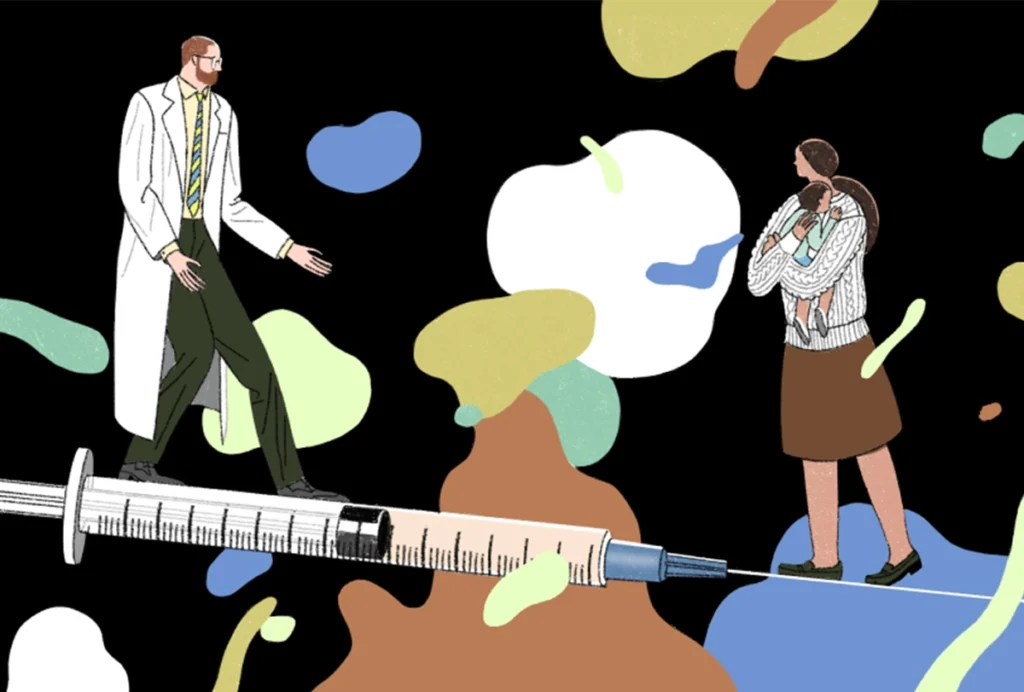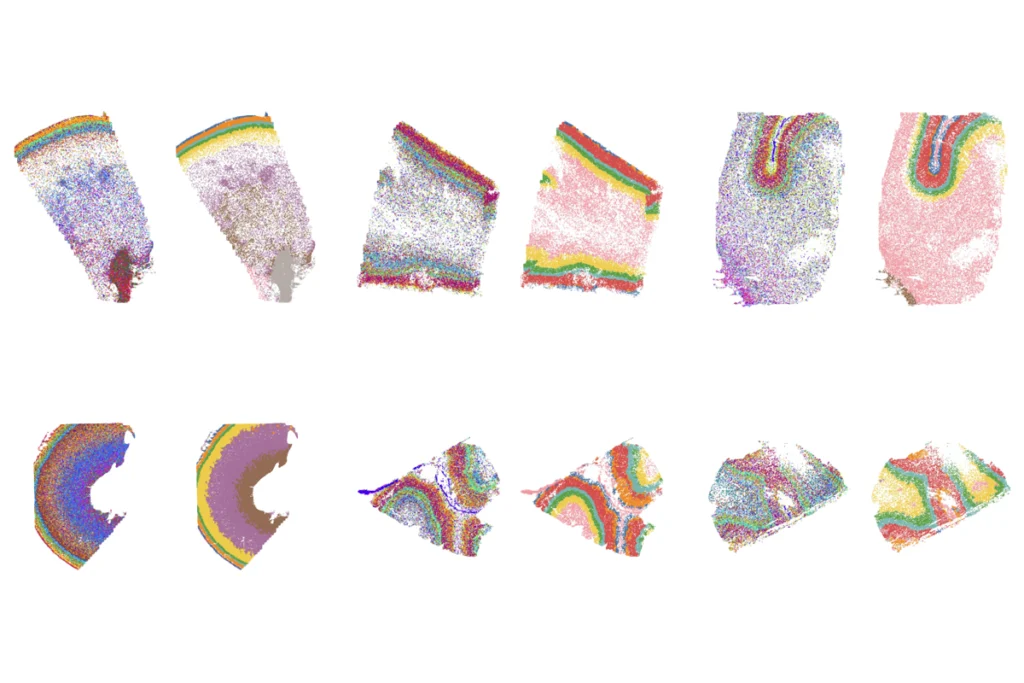New molecules help researchers orchestrate brain activity
Using newly discovered molecules from algae, researchers can control the activity of two families of neurons in a single mouse or fly, they reported 9 February in Nature Methods.
Using newly discovered molecules from algae, researchers can control the activity of two families of neurons in a single mouse or fly, they reported 9 February in Nature Methods1. This is the first time the technique has successfully been applied to study fruit fly behavior.
The molecules extend the utility of optogenetics, a method that allows researchers to switch on neurons with flashes of light. Researchers have used optogenetics to identify mouse neural circuits that control complex behaviors, such as compulsion or anxiety. Studying these circuits may help illuminate neurological disorders such as autism.
Optogenetics relies on channelrhodopsins, which evolved in algae to enable them to migrate toward patches of light. Channelrhodopsins sit across a neuron’s membrane and open in response to light, prompting the neuron to fire. When engineered into certain populations of neurons, they allow researchers to control the neurons’ activity.
Channelrhodopsins respond to different wavelengths, but all previously known ones react to blue light (from 430 to 550 nanometers). The researchers looked for new channelrhodopsins in 127 species of algae. They found one, which they named Chrimson, that responds to light shifted toward red. The light is 45 nanometers closer to red than light that evokes a response in any other channelrhodopsin. Chrimson reacts primarily to light around 660 nanometers, outside the blue-light spectrum.
They also found a new ultra-sensitive channelrhodopsin, called Chronos. This protein responds to low levels of blue light and closes quickly, creating a rapid on-off switch that allows precise regulation of neuronal activity.
The researchers induced mice to express both Chrimson and Chronos. In slices taken from the mouse brains, they confirmed that blue light activates Chronos and not Chrimson, and that red light does the reverse.
Optogenetics typically doesn’t work well in fruit flies, as the light confuses the flies and causes them to behave strangely. The researchers tested whether Chrimson can activate fly neurons at a far-red wavelength (720 nm) outside the flies’ visual range.
They succeeded partially: Although light at this wavelength still startles the flies, the researchers were able to distract the flies so they did not react to far-red light. The method opens up the possibility of using optogenetics in the flies, the researchers say.
References:
- Klapoetke N.C. et al. Nat. Methods 11, 338-346 (2014) PubMed
Recommended reading

Olfaction; autism-linked genes in monkeys; eye movements

Roundup: The false association between vaccines and autism

New human brain atlas charts gene activity and chromosome accessibility, from embryo to adolescence
Explore more from The Transmitter
Plaque levels differ in popular Alzheimer’s mouse model depending on which parent’s variants are passed down

